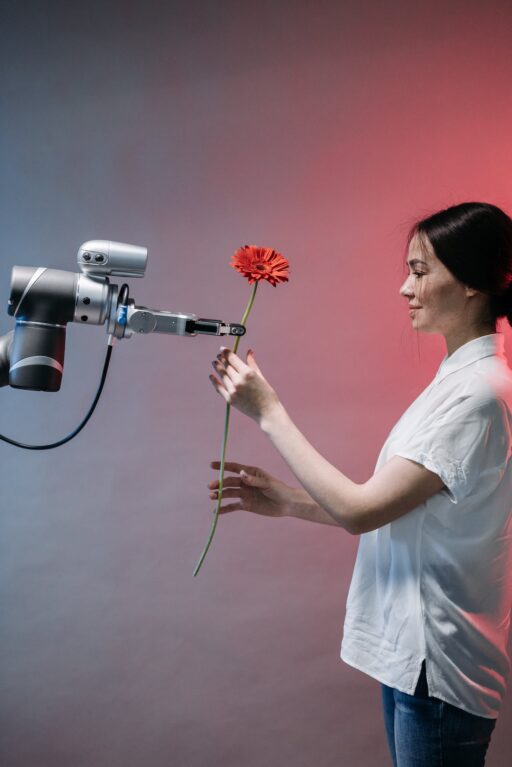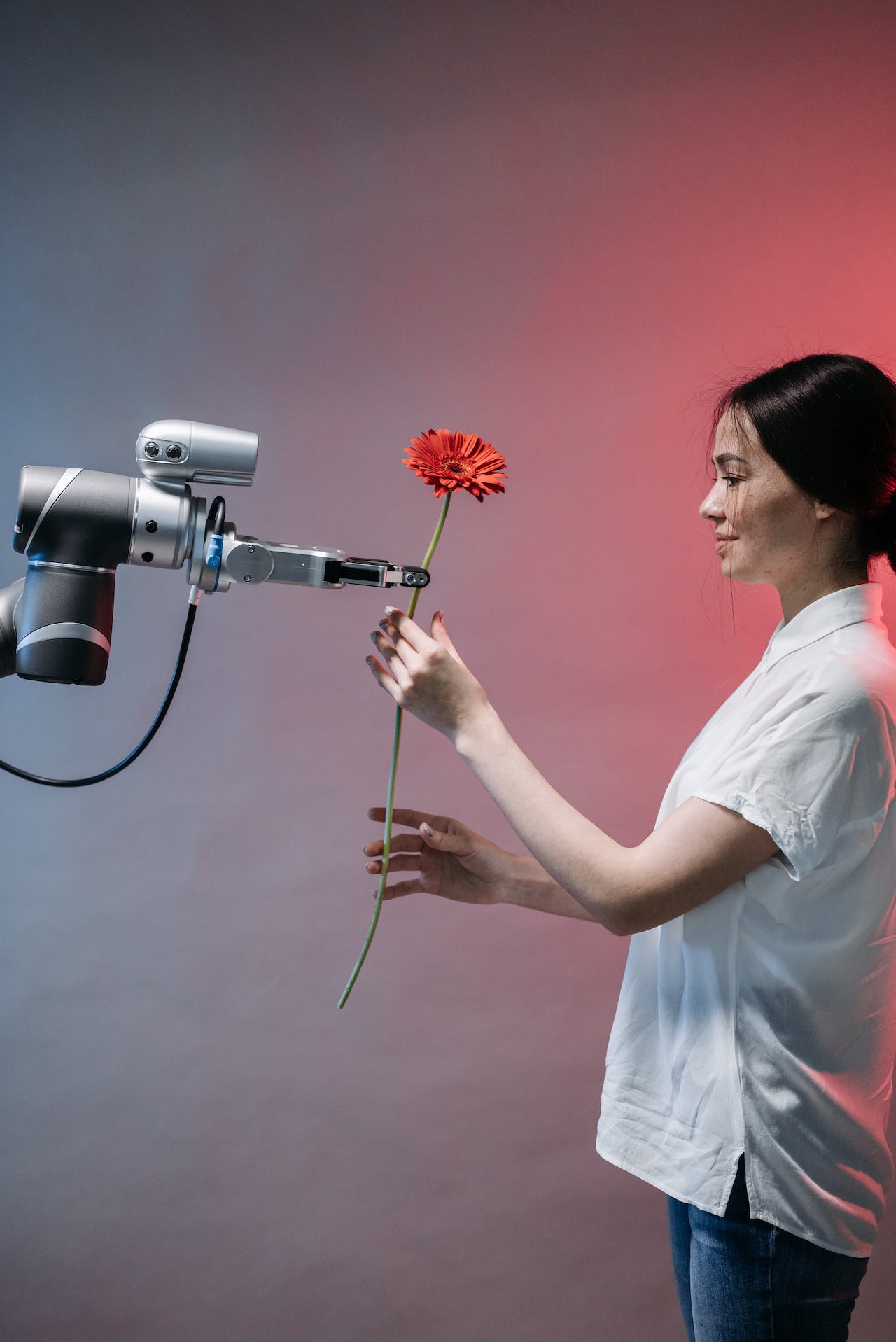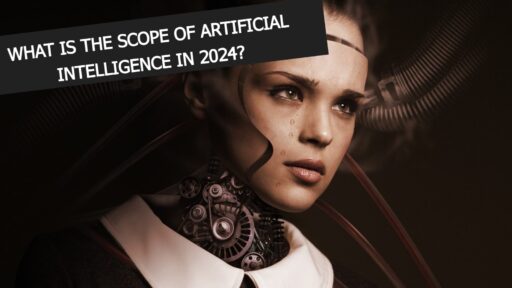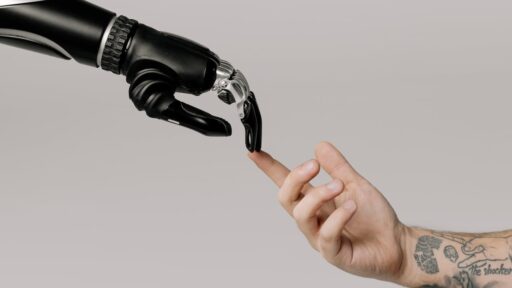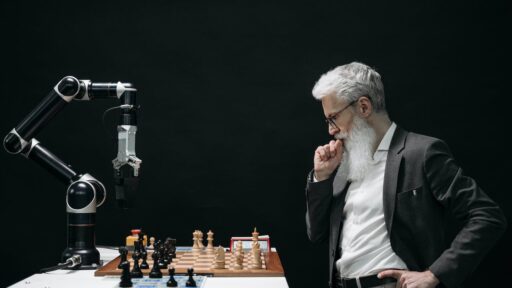Table of Contents
- 1 Introduction
- 2 Understanding Artificial Intelligence
- 3 Common Misconceptions
- 4 AI Development and Regulation
- 5 AI’s Positive Impact
- 6 Human-AI Collaboration
- 7 Transparency and Explainability
- 8 AI Safety Measures
- 9 The Ethical Side of AI
- 10 Real-World Applications
- 11 The Future of AI
- 12 AI in Art and Creativity
- 13 Education and Awareness
- 14 Conclusion
- 15 Frequently Asked Questions (FAQs)
Introduction
Artificial Intelligence (AI) has become an integral part of our lives, revolutionizing the way we live and work. While concerns about the dangers of AI often make headlines, it’s essential to understand the positive impact this technology has on our world.
Understanding Artificial Intelligence
AI, in its various forms, is designed to mimic human intelligence. There are two main types of AI: Narrow AI, which specializes in a specific task, and General AI, which has the ability to perform any intellectual task that a human can. From virtual assistants to advanced robotics, AI plays a crucial role in our everyday lives.
Common Misconceptions
One common misconception is the fear that AI will replace human jobs. However, history has shown that technology creates new opportunities and transforms industries rather than causing mass unemployment. Additionally, the notion of AI being inherently dangerous is unfounded, as its applications are developed and controlled by humans.
AI Development and Regulation
The development of AI involves intricate processes that prioritize safety and ethical considerations. Strict regulations govern the implementation of AI technologies, ensuring responsible practices in research and development.
AI’s Positive Impact
AI has made significant contributions to healthcare, revolutionizing diagnostics, treatment plans, and drug discovery. In various industries, AI has enhanced efficiency, optimizing processes and leading to increased productivity.
Human-AI Collaboration
Contrary to the idea of AI replacing humans, successful collaborations between humans and AI are becoming more prevalent. AI serves as a powerful tool, augmenting human capabilities and facilitating complex tasks.
Transparency and Explainability
To address concerns about the opacity of AI decision-making, efforts are underway to ensure transparency and explainability in AI systems. Understanding how AI arrives at conclusions is crucial for fostering trust and addressing fears.
AI Safety Measures
Safety measures are paramount in AI development. Rigorous testing, constant monitoring, and adherence to ethical guidelines contribute to creating AI systems that prioritize user safety.
The Ethical Side of AI
Ethical considerations are at the forefront of AI development. Initiatives promoting responsible AI use aim to minimize biases, protect user privacy, and ensure fair and just outcomes.
Real-World Applications
AI’s positive impact is evident in numerous real-world applications, from personalized recommendations on streaming platforms to efficient logistics and supply chain management.
The Future of AI
Anticipated advancements in AI technology include improved natural language processing, enhanced decision-making capabilities, and more sophisticated learning algorithms. The future of AI holds promise for responsible and ethical development.
AI in Art and Creativity
AI is not limited to technical applications; it also plays a role in fostering creativity. From generating art to composing music, AI is becoming a valuable tool for artists and creators.
Education and Awareness
Promoting AI literacy is essential for dispelling fears and fostering a better understanding of its positive contributions. Educating the public about AI’s benefits ensures a more informed and receptive society.
Conclusion
In conclusion, while concerns about the dangers of AI are valid, it’s crucial to recognize the overwhelmingly positive impact this technology has on our world. By understanding AI’s capabilities, collaborating with it, and prioritizing safety and ethics, we can harness its potential for the betterment of society.
Frequently Asked Questions (FAQs)
- Is AI inherently dangerous?
- No, AI is a tool created and controlled by humans. Its safety depends on responsible development and ethical use.
- Does AI replace human jobs?
- History has shown that technology creates new opportunities and transforms industries, rather than causing mass unemployment.
- How can we ensure AI is used ethically?
- Strict regulations, transparent development processes, and ongoing education are essential in ensuring ethical AI use.
- What role does transparency play in AI development?
- Transparency is crucial for building trust. Knowing how AI makes decisions fosters understanding and addresses concerns.
- Can AI contribute to creative fields?
- Yes, AI is increasingly being used in art and creativity, generating unique pieces and assisting artists in their creative processes.
